I have been battling off the scope high nitrates in a 500 gal predator tank. I have adjusted/lowered food levels, tried NOPOX, reactors, and using a large Paxbellum. I am still struggling/failing. Any suggestions?
High Nitrate
- Thread starter ElfienLie
- Start date
You are using an out of date browser. It may not display this or other websites correctly.
You should upgrade or use an alternative browser.
You should upgrade or use an alternative browser.
Water change, water change, water change.
Waterchanges, a noncontinous reactor, plants.
What method do you use to measure it ? Sometimes that can give you bad results aswell. And what levels do you measure ?
And do your fish suffer ? I know most aquarists make nitrat a boogeyman but I've seen tanks run on 200+mg and they were just fine and grew massive, including Stingray.
What method do you use to measure it ? Sometimes that can give you bad results aswell. And what levels do you measure ?
And do your fish suffer ? I know most aquarists make nitrat a boogeyman but I've seen tanks run on 200+mg and they were just fine and grew massive, including Stingray.
Can you describe what’s in the tank, WC interval and percentage, etc?
I have an occasional issue w/ NO3 and it’s self inflicted. Similar size predator tank and sub 0*f temps outdoor two weeks ago that made water changes easy to postpone. I’ve got pothos growing in planters at the top of the tank and well established filtration, etc. but the real key is and will remain WC’s (although pothos is a game changer for sure).
I have an occasional issue w/ NO3 and it’s self inflicted. Similar size predator tank and sub 0*f temps outdoor two weeks ago that made water changes easy to postpone. I’ve got pothos growing in planters at the top of the tank and well established filtration, etc. but the real key is and will remain WC’s (although pothos is a game changer for sure).
Since this is a predator tank, are you feeding lots of meaty, protein rich foods like shrimp, or fish fillets?
If so a fractionation unit might help, because it removes nitrate precursors from the water column, although unless the current is strong enough, many people find getting protein skimming to work in fresh water difficult.
I built the one for the pond in the video below for a 500 gal pond, and is you can see it worked well dripping waste onto the ground.
koi pond fractionation
They can also send waste foam o buckets.
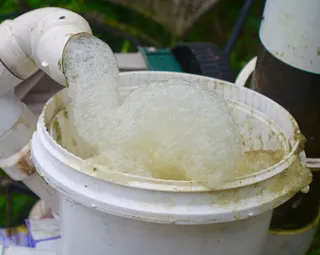
But as said above, water changes are the most efficient way to lose nitrates.
On my current 300 gal system, I keep nitrates at the undetectable level, with every other day 30% to 40% water changes
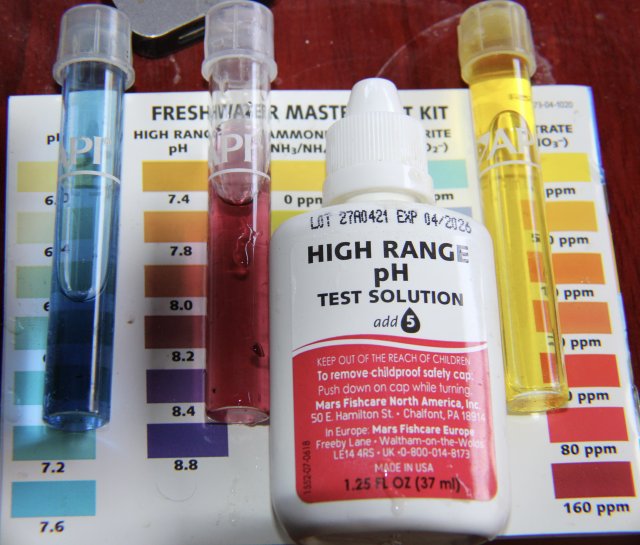

I also supliment those water changes with a heavily planted sump, of aquatic, semi aquatic and terrestrial plants.
But as you can see, above and below, to be even mildly effective at eating up the nitrate, the plant biomass, must outweigh the animal biomass.
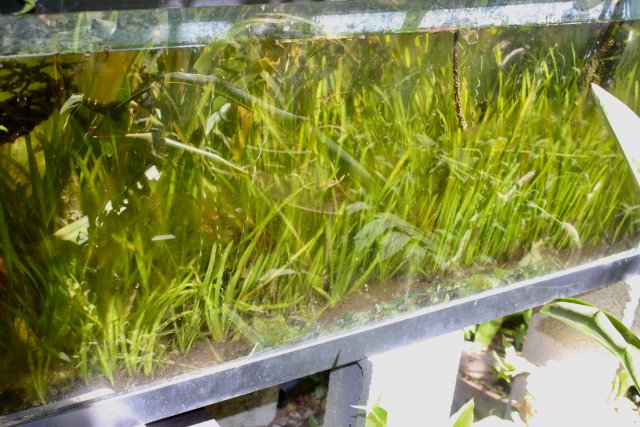
As in nature, where nitrates are nonexistent, because the surrounding forest and foliage draws them in and eats them up as fast as they are produced,.
And that forest biomass is massive compared to the population of fish
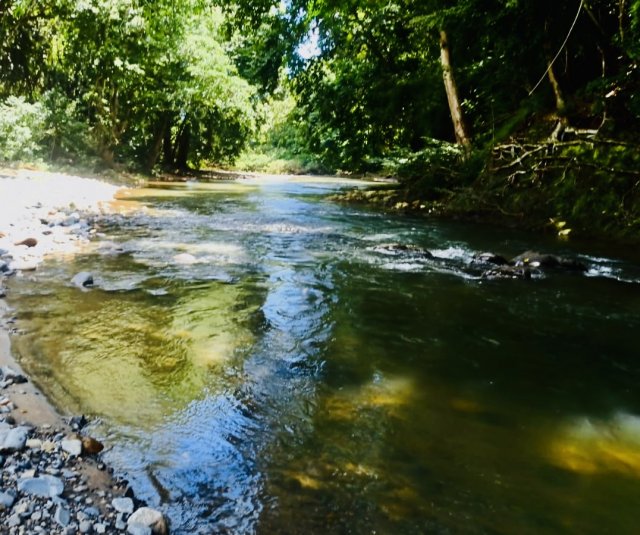
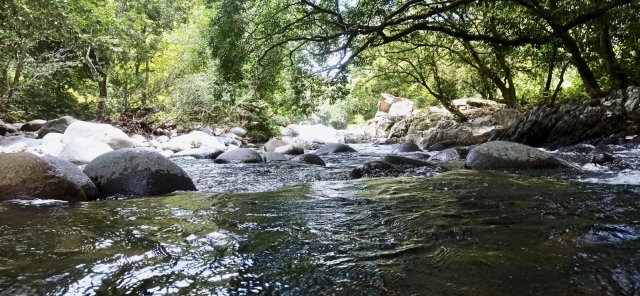
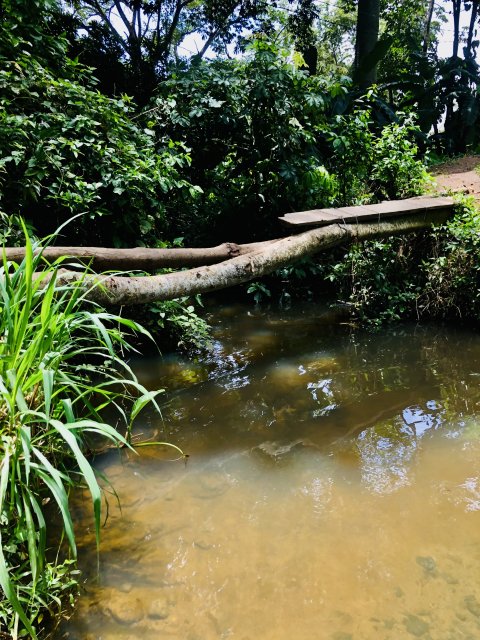
Below are some nitrate/water parameter tests from rivers where I collect cichlids.
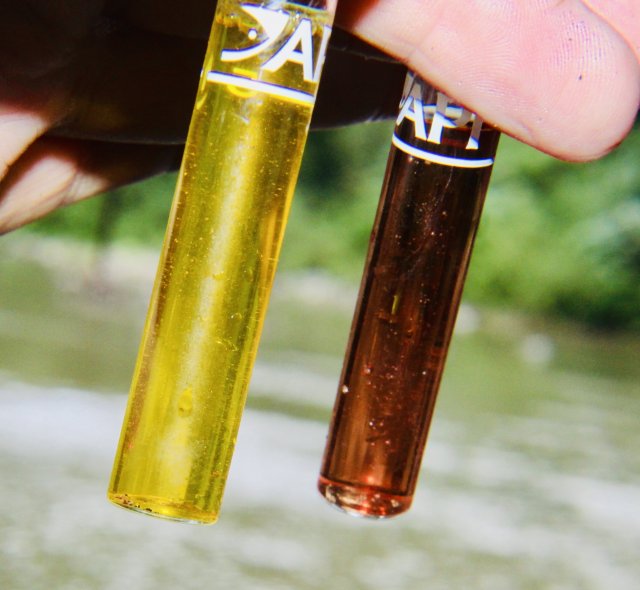
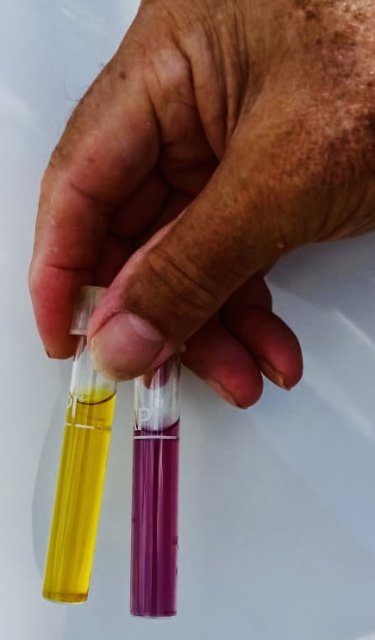
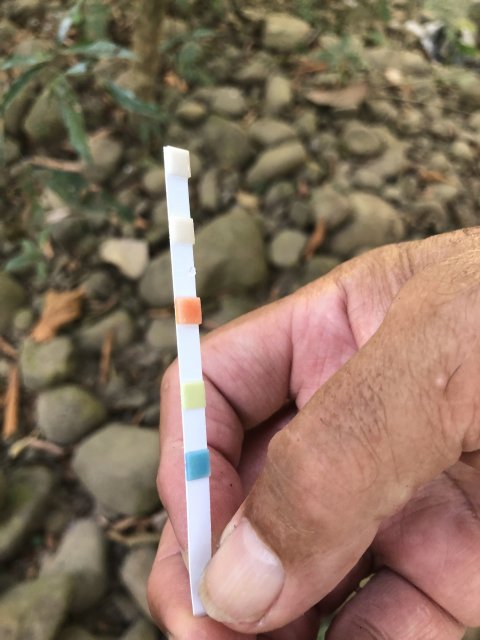
If so a fractionation unit might help, because it removes nitrate precursors from the water column, although unless the current is strong enough, many people find getting protein skimming to work in fresh water difficult.
I built the one for the pond in the video below for a 500 gal pond, and is you can see it worked well dripping waste onto the ground.
koi pond fractionation
They can also send waste foam o buckets.

But as said above, water changes are the most efficient way to lose nitrates.
On my current 300 gal system, I keep nitrates at the undetectable level, with every other day 30% to 40% water changes


I also supliment those water changes with a heavily planted sump, of aquatic, semi aquatic and terrestrial plants.
But as you can see, above and below, to be even mildly effective at eating up the nitrate, the plant biomass, must outweigh the animal biomass.

As in nature, where nitrates are nonexistent, because the surrounding forest and foliage draws them in and eats them up as fast as they are produced,.
And that forest biomass is massive compared to the population of fish



Below are some nitrate/water parameter tests from rivers where I collect cichlids.



Dang you tried everything except water changes...
It's interesting to me, that many aquarists try all the most expensive, time consuming, and user unfriendly strategies to combat nitrate, when the simplest solution is just water changes.Dang you tried everything except water changes...
And especially with a little planning can be done quickly and easily.
When I lived in the states. I had about 20 tanks, adding up to a couple thousand gallons. and after buying a little cheap PVC, drilling them, and using sumps, could turn a valve. and do water changes on all of them effortlessly and almost at once, discarding a lot of old water in less than a half hour, while watering the lawn, and vegetable garden at the same time.

Tbf, for some of us the nitrat in our tapwater is already high (I often have 25mg/l) and rainwater not always available (winter or summer drought for me)
This is where heavily planted sumps really come in handy, because the plants constantly use nitrate as food, so if there are enough plant , using a combination of large hungry terrestrial plants, along with aquatic and semi-aquatic plants that can eat nitrate as fast as the fish produce them, and use the naturally occurring nitrate in the tap water besides.
You must live in a very agricultural area.
Plants like the dieffenbachia below.
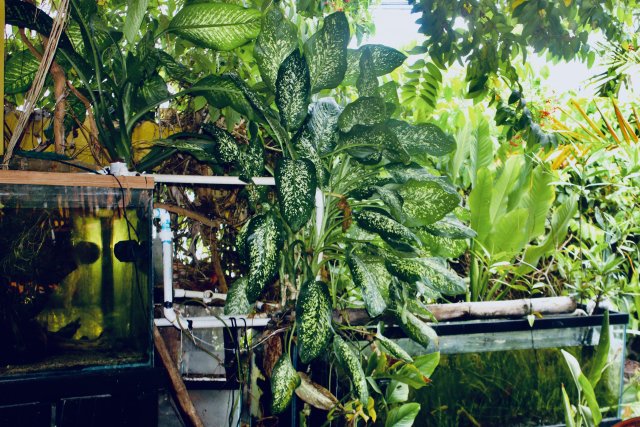
There is one with its roots in the main tank, and one rooted in the sump
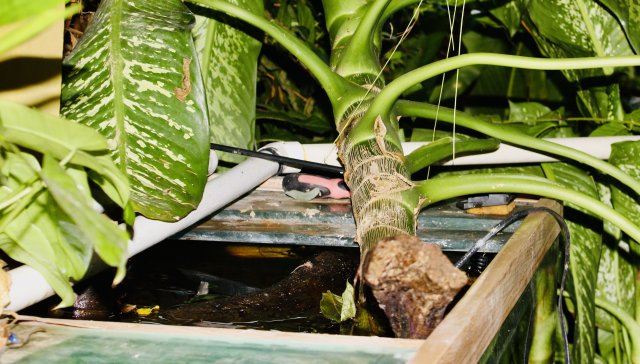
As you can see, the stem is larger than the 1" PVC, and each plant is about 5 ft tall.
It does not need a lot of light, both dieffenbachia are under a roof overhang.
Beside the truly aquatic species, on the east end of the sump, the direct sun end, are a number of young mangrove trees.
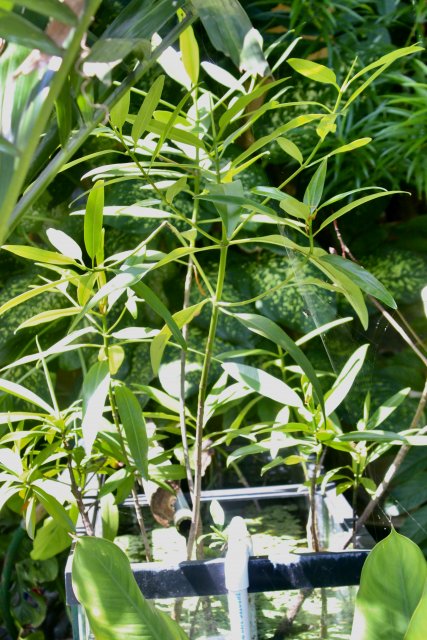
These saplings are now over 2 feet tall, and were started about 2 years ago, from pods found on the beach.
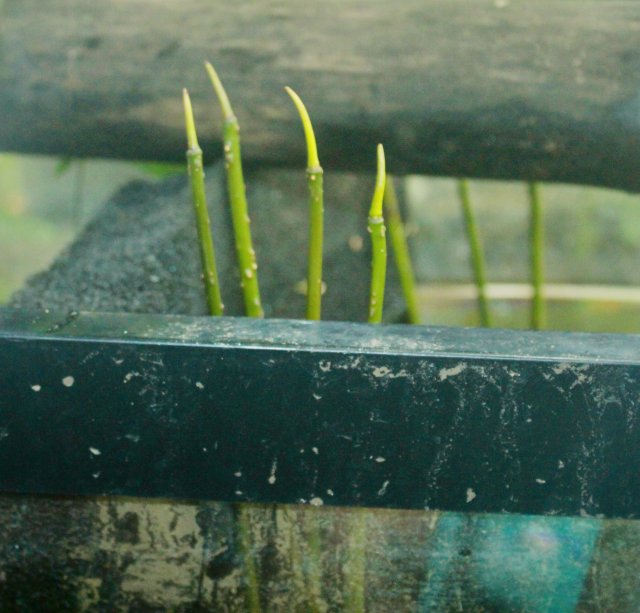
You must live in a very agricultural area.
Plants like the dieffenbachia below.

There is one with its roots in the main tank, and one rooted in the sump

As you can see, the stem is larger than the 1" PVC, and each plant is about 5 ft tall.
It does not need a lot of light, both dieffenbachia are under a roof overhang.
Beside the truly aquatic species, on the east end of the sump, the direct sun end, are a number of young mangrove trees.

These saplings are now over 2 feet tall, and were started about 2 years ago, from pods found on the beach.



